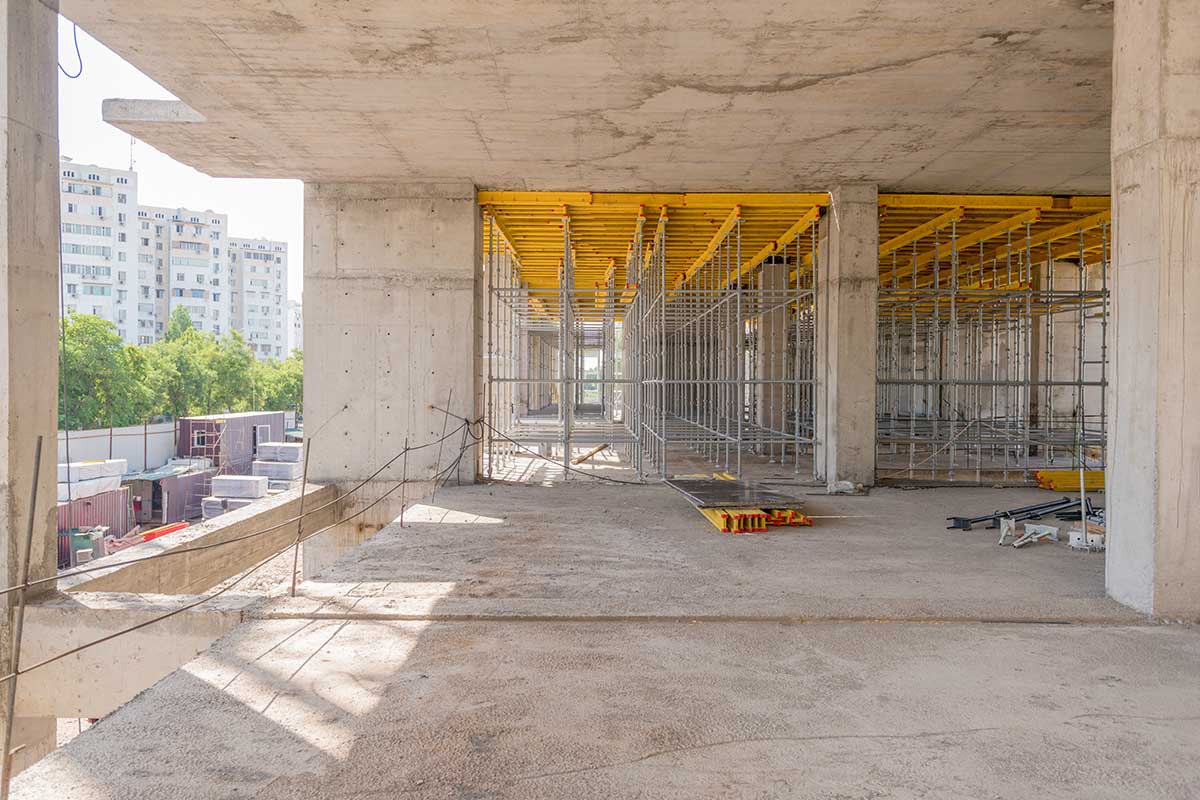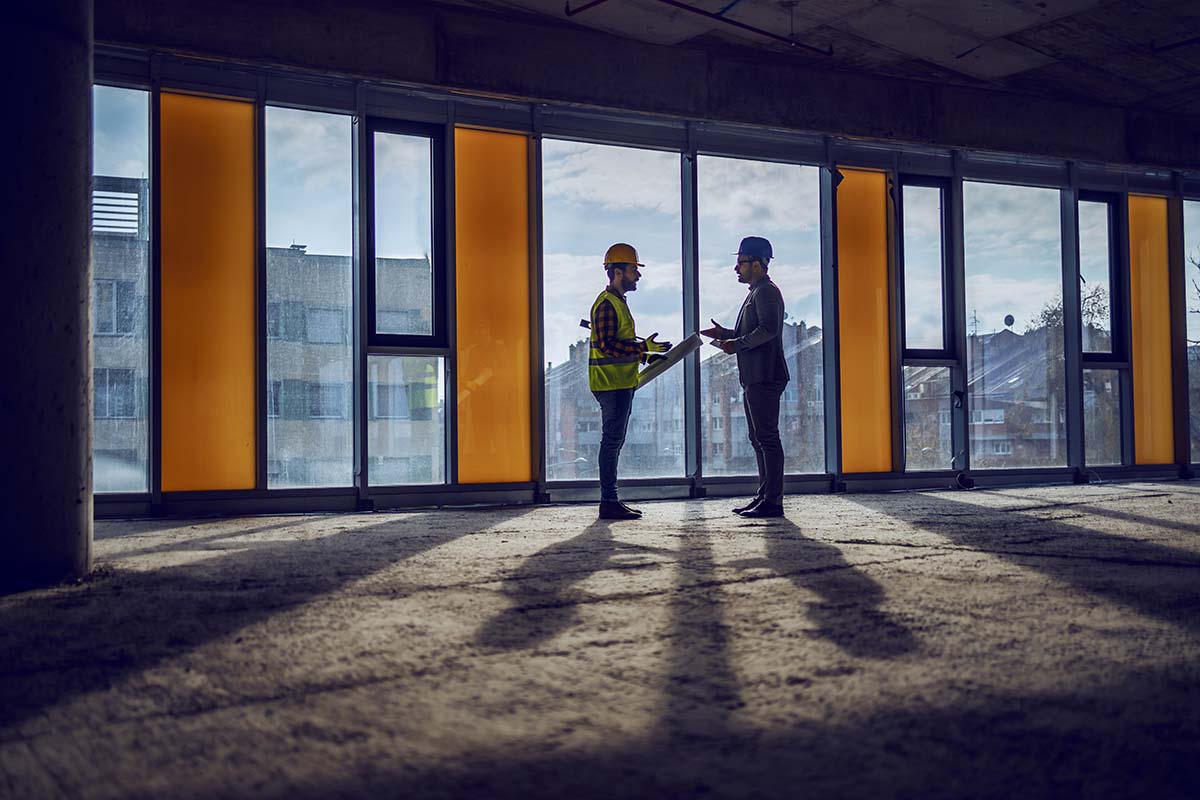The Impact of Technology on Commercial Construction
KEY POINTS
- BIM revolutionizes commercial construction by enhancing collaboration and minimizing errors through a digital twin, leading to optimized schedules and cost savings.
- Prefabrication and modular construction, boosted by automation and robotics, streamline project timelines, improve quality, and address labor shortages.
- Drones elevate site monitoring with aerial views, improving safety and efficiency, while sustainable practices and green technologies pave the way for an eco-friendly industry future.
In the fast-paced landscape of today’s world, technology has left no stone unturned, and the construction industry has been profoundly impacted by its advancements.
With innovative tools and techniques, traditional practices have given way to a new era of efficiency, safety, and sustainability in commercial construction.
Join us as we unravel the profound changes technology has brought about, reshaping how projects are conceived, executed, and ultimately, brought to fruition. Discover the awe-inspiring journey of technology’s impact on commercial construction and its endless possibilities for the future.
Building Information Modeling (BIM) and Collaboration
Building Information Modeling (BIM) has emerged as a transformative force in commercial construction. Its significance lies in its ability to foster seamless collaboration among architects, engineers, contractors, and other project stakeholders.
BIM facilitates effective communication and cooperation by creating a comprehensive digital representation of the project before the physical construction commences.
This virtual counterpart, or digital twin, enables teams to identify and resolve potential clashes and conflicts well in advance, minimizing errors and costly rework during construction.
The real-time data-sharing capabilities of BIM further enhance decision-making processes, leading to optimized construction schedules and considerable cost savings. BIM has proven itself as a game-changer, elevating the efficiency and success of commercial construction projects.
Prefabrication and Modular Construction
The commercial sector has witnessed a remarkable transformation fueled by technological advancements, as prefabrication and modular construction methods have taken center stage.
Prefabrication, with its off-site component assembly in controlled environments and modular construction, where individual modules are integrated on-site, has revolutionized the industry. These innovative approaches have slashed project timelines and significantly reduced material waste while elevating construction quality.
Automation and robotics have played a pivotal role in making these techniques even more efficient, addressing the persistent issue of labor shortages and guaranteeing timely project delivery amid a highly competitive construction market.
As the industry continues to embrace these forward-looking strategies, the future of construction looks promising, with increased sustainability, efficiency, and reliability becoming the norm.
Concrete Building Process Overhauls
You see something similar to the streamlining of prefab and modular advancements in concrete building construction, typically with warehouses and office buildings.
The demand for large structures is substantial, and construction companies need to meet deadlines. Technology like Tilt-Up Concrete helps make this possible.
This concept streamlines the process of establishing rectangular or square concrete walls for “big-box” buildings, speeding up the development of millions of square feet of concrete buildings. You can read more about the tilt-up construction process in this article by FMP Construction.
Drones and Site Monitoring
Drones, also known as unmanned aerial vehicles, have revolutionized the commercial construction industry, becoming an invaluable asset in various processes. These aerial marvels offer a birds-eye perspective of the construction site, affording project managers and teams unprecedented oversight.
Equipped with high-resolution cameras and thermal imaging capabilities, drones facilitate comprehensive site inspections, swiftly detecting inefficiencies and ensuring adherence to safety protocols.
This proactive approach enables identifying and mitigating potential hazards before they escalate, ultimately safeguarding workers and minimizing costly delays. Moreover, drones contribute to resource optimization by streamlining project management and enhancing overall productivity. In this ever-evolving construction technology landscape, drones have undoubtedly emerged as a crucial tool alongside reliable and efficient Kato mini excavators.
Sustainable Construction and Green Technologies
The construction industry has transformed in recent years, driven by sustainable practices and green technologies. Advancements in technology have paved the way for eco-friendly solutions, with energy-efficient HVAC systems, solar panels, and smart lighting taking center stage in modern commercial projects.
Moreover, the availability of construction materials with lower carbon footprints and improved energy efficiency has become more prevalent. Embracing sustainable construction mitigates environmental impacts and resonates with environmentally conscious clients and investors, solidifying companies as responsible leaders within the industry.
As the world increasingly prioritizes sustainable development, integrating green technologies has become essential to construction projects, shaping a more eco-friendly and sustainable future.
Conclusion
Technology has revolutionized the commercial construction industry, ushering in unprecedented efficiency, safety, and sustainability.
Building Information Modeling (BIM) has fostered seamless collaboration and optimized decision-making, while prefabrication and modular construction have accelerated project timelines and reduced waste. Drones have become invaluable for site monitoring, ensuring safety, and resource optimization.
Additionally, the industry’s embrace of sustainable practices and green technologies reflects a commitment to environmental responsibility and a more eco-friendly future. As technology continues to evolve, the potential for further advancements in commercial construction remains promising.




















